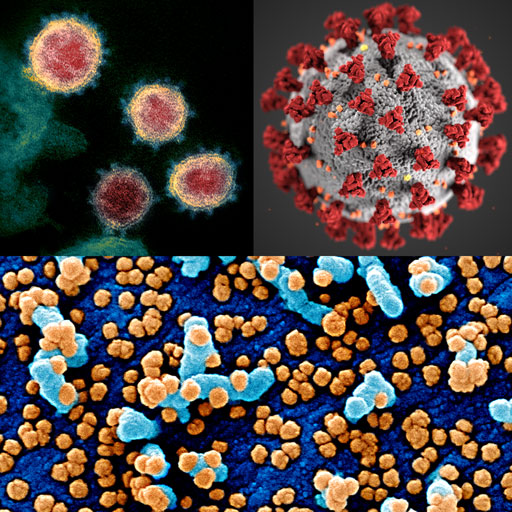PHI and The Nobel Prizes

This week the development of the blue light-emitting diode (LED) and the super-resolved fluorescence microscope will be awarded the Nobel Prize. Both technologies are very relevant to PHI and to our customers.
Led illumination
The blue LED has paved the expressway for LED illumination to replace the traditional light bulb in light microscopes. In the past, microscope designs have been limited by the size of light bulbs and by the heat they generate. Designs have also been bulky, as humans needed to observe the specimen through the characteristic eye-pieces of traditional microscopes.
Microscopic microscopes
By shifting to LED illumination and by substituting the eye-pieces with a digital image sensor, future microscopes will look dramatically different, be much smaller and they will be automated. This new breed of microscopes will rapidly establish new uses and markets that previously were inconceivable due to technical constraints.
As the user no longer needs to sit next to the microscope to observe the specimen, remotely controlled microscopes will in the future virtually operate anywhere in any environment. The microscope itself is becoming microscopic.
Technology shift
This technology shift allows non-microscope companies to embed microscope technology in products dedicated for a specific task. Such devices are increasingly becoming available in the life science market.
In Sweden alone there are at least three companies, Vitrolife, HemoCue and CellaVision, that offer products based on microscope technology in their respective submarkets, besides PHI. These and other “microscopes in disguise” will expand the use of microscope technology and push the traditional microscope companies (Olympus, Nikon, Zeiss and Leica) into only supplying high-end multipurpose microscopes.
Application specific microscopes
Mainly through acquisitions, the emerging volume market of application specific microscopes is likely to be dominated by the major life science tools companies who already have a presence in a related market – and not by the traditional microscope companies. CellaVision’s blood analysis microscope is a fine example of this. It is distributed by companies who have a long presence in the blood analysis market, e.g. Sysmex and Siemens Healthcare. High-content analysis for drug screening is another example. Non-microscope companies like GE Healthcare, PerkinElmer and Thermo Fisher supply these application specific microscope systems.

An application specific microscope – the HoloMonitor M4 time-lapse cytometer.
Market trend
This market trend is driven by that customers want a microscope to do more than just provide an image. Increasingly customers expect a microscope to perform the quantitative tasks that currently are done manually.
The fate of the traditional microscope companies is determined by that they do not have the expertise to design the software needed for specific applications. They will remain experts in creating the best possible image. However, in most practical situations the best possible image is more than what is needed.
Fluorescence microscopy
Super-resolved fluorescence microscopy provides the best possible image in terms of optical resolution, at the price of being very expensive and complicated. Conventional, non-super resolved, fluorescence microscopy is however today main stream due to the development of LED illumination and sensitive digital image sensors. This allows fluorescence microscopy to be readily embedded into application specific products like our HoloMonitor to provide a universal cell analysis tool.


